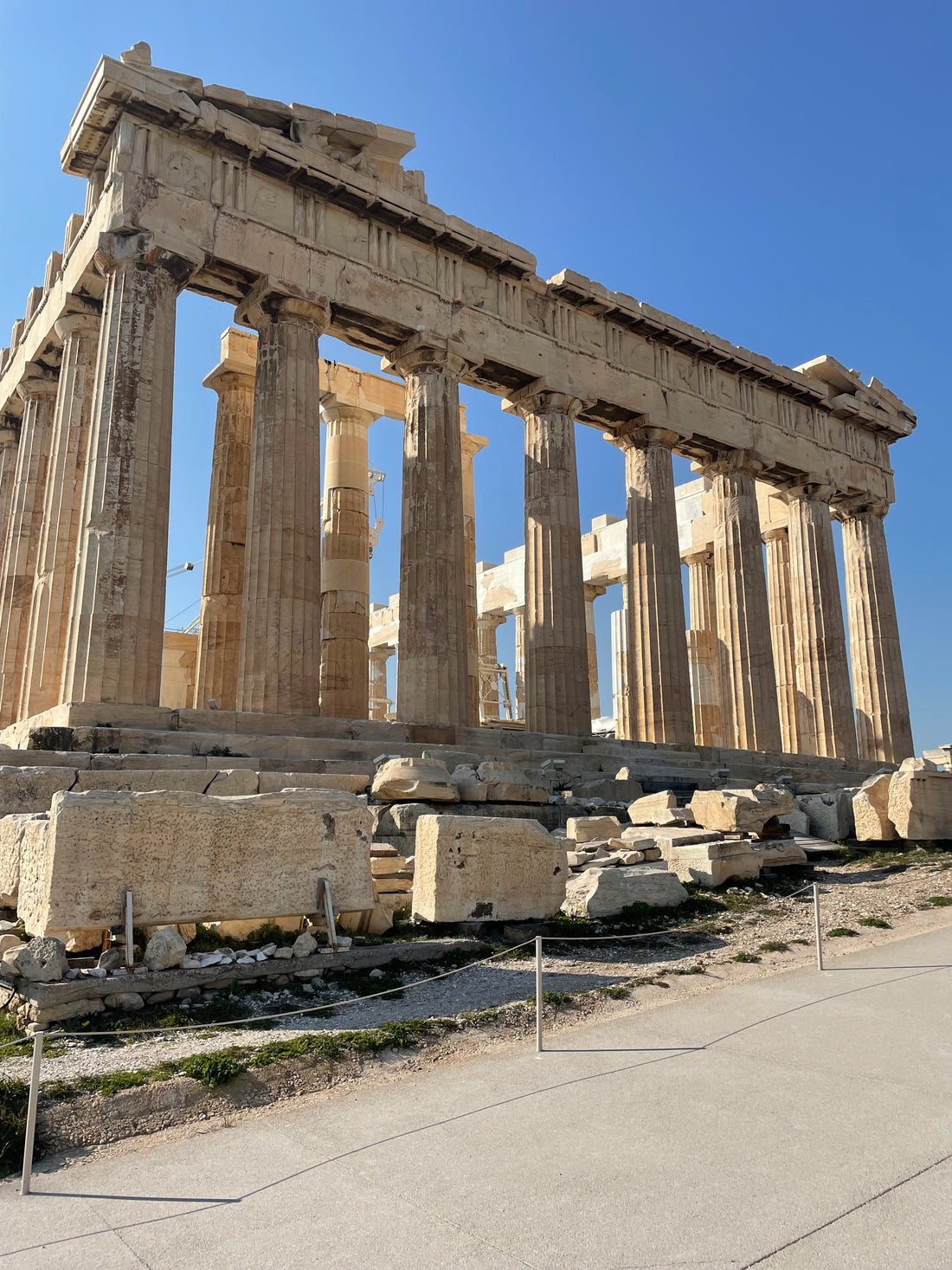
Guide to Backpacking Europe: Everything you need to know
Backpacking Europe
So you’ve decided that you may want to backpack across Europe and experience the diverse cultures and beauty that blankets the continent. Coming from an experienced European traveler who has been lucky enough to visit 10 countries in Europe (and hopefully more in the future), this is something that I highly recommend for anyone who is looking for rich experience and a happiness boost in life. This article has all the information that you’ll need, including what you’ll need to bring, how to save money, the best transportation method, and anything else you’ll need to know that will help you feel better prepared and more confident on your journey.

(Monaco, France)
When you should go to Europe
Traveling to Europe is extremely popular in the summer, which is why I recommend not traveling during this time. Streets and restaurants are jammed packed, prices of everything skyrocket, and there are higher rates of theft and crime. If you want to save money and experience a less touristy and more authentic version of the continent, you should avoid this season altogether. From experience, I recommend traveling to Europe during the winter when it is the least crowded and the cheapest. The winter cold of Europe is extremely tolerable as well, especially central and southern Europe where temperatures hardly drop below freezing (unless you're in mountainous regions). You’ll definitely need a jacket and some extra layers however.
What to pack
A large travel backpack, somewhere between 45 to 65 liters, will hold a majority of your belongings and will be your biggest travel asset on your backpacking adventure. You can carry an additional small handbag or backpack if your big bag is full and you still have more things to bring. Keep in mind: the lighter you travel, the happier you will be.
The biggest question most backpackers are wondering is how many pairs of clothes should you bring? This all depends on the season that you travel in, but for a general rule of thumb, it is easy to reuse shorts, pants, and sweatshirts so you’ll want to pack less of those items. It is harder to reuse shirts, underwear, and socks, so you’ll want to pack more of those items. It's also better to pack darker clothes instead of lighter ones because of the high probability of obtaining a stain at some point or another. In regards to washing your clothing, there are laundry services everywhere in Europe, and it is easy to buy detergent and wash items in the sink. Depending on the time of year, you should pack:
For colder times: 1 winter jacket, 2 sweatshirts, 3 sweatpants, 1 pair of jeans, 7 shirts, 1 pair of shorts, 2 long sleeve shirt, 7 pairs of socks, and 7 pairs of underwear. Gloves, a winter hat, and some cold base layering items would also be a good idea. Layering is the most effective way to travel for backpacking in the winter so you can stay warm and avoid packing too many things.
For warmer times: 1 sweatshirt, 1 rain jacket, 4 pairs of shorts, 1 pair of jeans, 1 pair of sweatpants, 8 shirts, 7 pairs of underwear, and 7 pairs of socks.
For mixed temperatures: 2 sweatshirts, 1 winter jacket, 2 sweat pants, 1 pair of jeans, 2 pairs of shorts, 8 shirts, 1 long sleeve, 7 pairs of underwear, and 7 pairs of socks.
The most efficient way to pack your clothes is by purchasing packing cubes, which are zippered containers that allow you to organize and separate your belongings. These travel assets allow for increased efficiency when looking for specific items and help to improve the organization and compacting ability within your travel bag. Another packing tip is to fold your items within your packing cubes instead of folding them - this will create even more space to fit more belongings. Check out our high-quality packing cubes here: 6-Piece Travel Packing Cubes.
You should bring 2 pairs of shoes: 1 versatile and durable pair for everyday use and 1 heavy duty pair for hiking or the snow. Sandals, flip flops or crocs are another smart investment for shower use. You’ll need travel locks to secure your belongings: some small ones for your backpack zippers and a large one for a locker that you will be given at a majority of hostels. A compacting microfiber towel is a must, so that you can avoid renting towels and losing your money. A universal adaptor is extremely necessary to charge your electronics using foreign outlets. For easy transportation of toiletries to and from the bathroom, a toiletry bag is another great investment.

(What was worn on the average day in February: Florence, Italy)
Navigating Europe: The Eurorail Pass
If you are looking to bounce around from country to country, the best method of transportation is Europe’s railway system. These speedy and convenient trains cover a majority of the continent and offer overnight rides if you’re looking to save money on hospitality in exchange for a sub-par night of sleep. Flying is definitely the fastest option of transportation, but prices are high and navigating airports and security can be a major hassle. Additionally, your carbon footprint is much, much higher when flying versus taking trains.
The real reason you should use Europe’s train system is because you can buy a Eurorail pass that can allow for unlimited rides in a specific time period for a great price. For example, you can purchase a Eurorail pass with unlimited uses for 2 months, all for the price of $523. These passes work within the train systems of a single country and from country to country. The only exception is that when booking longer train rides, you need to purchase a seat reservation, which can range from $5-30. However, these longer train rides can cost as much as a plane so you are definitely saving a large sum of money by buying a Eurorail pass if you plan on moving around a lot. Another downside is the process of booking a seat reservation with the pass. The Eurorail app does not allow you to do so; you must purchase a seat reservation directly with whichever train company you are using, which can sometimes be a hassle. It is also important that you book your reservation days ahead of your travel day because trains can fill up fast, especially in the summer. Regardless of the Eurorail app’s lack of ability to book reservations, it is still a cool gadget that can allow for searching train times, revealing your travel data, and displaying your whole trip visually on a map.

(My trip, minus a few places, shown on the Eurorail app)
Money
When going to Europe, you’ll need to decide how you will be spending your money, with cash or credit? Your best option is to have a travel credit card. Travel credit cards are great for Europe as most places do accept credit, and best of all, there’s usually no fee for currency exchange depending on the bank. If you don’t have one of these great assets, you will have to take out money from your bank before you leave (which I recommend because this is where you will get the best exchange rate), or you wait until you get to Europe. However, never ever exchange at airports; these have the worst exchange rates and ultimately rip you off. ATM’s are all over the place, but fees are high and those costs add up. The best way to do it in Europe is to go into a bank and exchange a large sum of money with them (no more than you can afford losing).
Depending on the travel lifestyle you want to live, you can expect to spend between $70 and $90. The 3 largest factors that play into this are the food you eat, your sleeping location, and how much alcohol you drink. Eating cheap is very easy when the place you're staying at has an accessible kitchen to use so that you can buy and cook your own food instead of eating out. When you constantly eat at a restaurant 3 meals a day, it will take a big toll on your bank account.
Hospitality also plays a huge role in itself. The cheapest way to sleep is obviously hostels. Hostels come in all price ranges. I recommend meeting somewhere in the middle, maybe even a little on the cheaper side. By sleeping in the cheapest hostels, you tend to find gross living conditions, concrete-like beds, and a lack of amenities, so it is probably best to spend an extra couple bucks for something a little better.
Alcohol is a huge killer of budgets. If you’re a frequent drinker/partier, pregame heavy with drinks that you can buy in liquor stores or supermarkets, and then go out. It amazed me when I figured out how much money you can save by doing this. For example, in Barcelona, a 400mL beer in a supermarket is 1 Euro more or less, versus a typical bar selling 300mL for 6 euro. You do the math. Avoid fancy clubs and pick your bars wisely if you want the most drinks for your buck.
Goodluck:

(Venice, Italy)
Now that you have read the article, you will probably have a better understanding of how to backpack Europe. I wish you the best of luck and hope that you actually follow through on this once in a lifetime opportunity! If you have any more questions or anything else, don’t hesitate to comment below. Safe travels!
